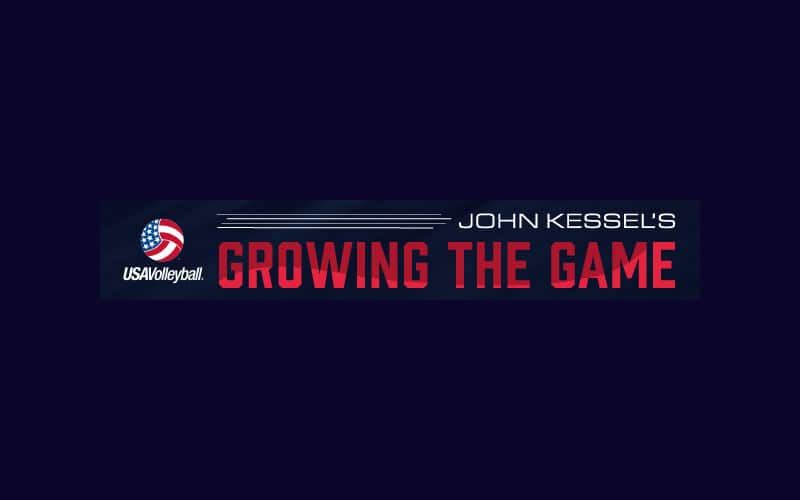
Been thinking about one of the drills that most volleyball coaches and players, with a little bit of experience, known around the world – “Butterfly” More to the point I guess I have been reflecting on how the motor learning principles of increasing contacts per hour and gamelike training – not to mention extrinsic and intrinsic feedback/feedforward.

